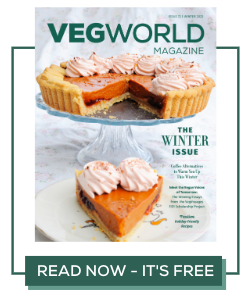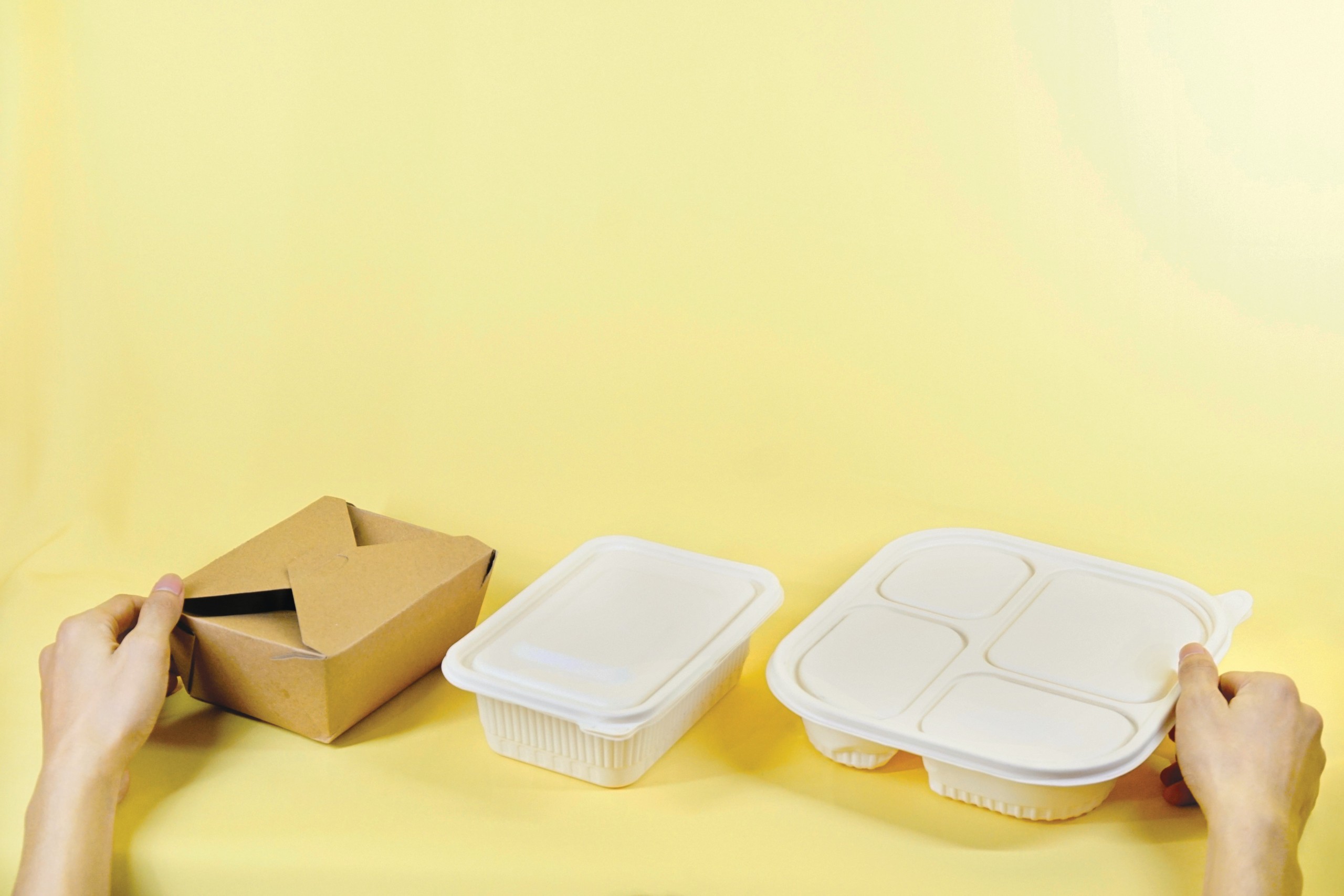
These days, it’s hard to find any product that’s not padded with an excessive amount of packaging. Electronics come in cardboard boxes that also contain stabilizing plastic or styrofoam padding. Store-bought cookies are individually wrapped in plastic, then fit into a plastic tray, and wrapped in foil packaging. Even the produce you get from most chain stores is usually covered in plastic.
But, you might be thinking, what’s so wrong about that? After all, packaging protects the products we buy from damage. It keeps them whole until we get to use them — what’s the harm in that? Well, if you consider the greater impact all that plastic — specifically food packaging — has on our waste profile, you won’t be so quick to excuse it.
Still, by the end of this article, we should be able to find some sort of compromise regarding our packaging habits and expectations. As you’ll see, most of the plastic alternatives are made with plant-based materials. So if nothing else, at least making them will be more environmentally friendly than the process of producing plastic. But before we get into all that, let’s start by defining the concept of waste profiles and their place in the Zero Waste movement.
The Philosophy of the Zero Waste Movement
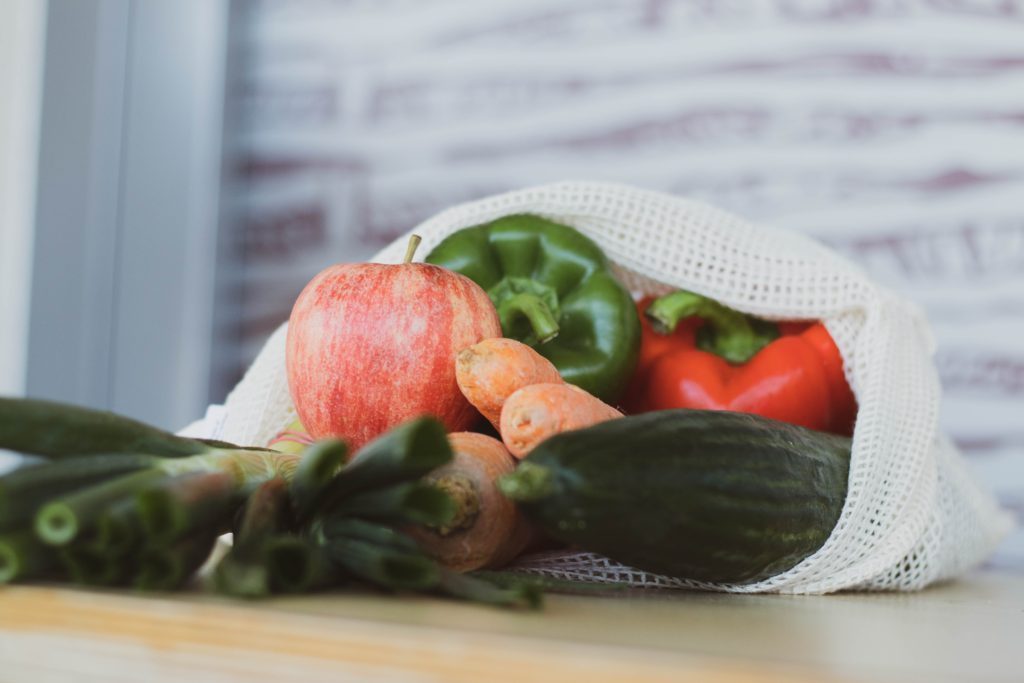
In recent years, a growing number of people have turned to the Zero Waste movement in an attempt to stave off the planet’s demise until better waste management solutions present themselves. In a way, leading a Zero Waste lifestyle — or something as close to that as possible — may help us get to that future more quickly. Besides, doing so shouldn’t be all that difficult since most preindustrial cultures already lived according to those principles.
All this to say that, while most experts know who started the Zero Waste movement as we know it, the philosophy behind it has been around for a long time. But what exactly does it entail? As the name suggests, it all comes down to prioritizing choices that produce less or no waste.
On the consumer side of things, we can choose products that don’t come with layers of packaging we’ll have to throw out. To that end, switching to a vegan lifestyle can significantly affect the amount of waste we produce. Remember, the meat and dairy industries produce a substantial amount of waste between the two of them. After all, most of the meat and dairy products people get from supermarkets have plastic packaging.
With that in mind, it’s important to recognize that the Zero Waste movement highlights the importance of changing the manufacturers’ stance on packaging. For example, by penalizing companies that use packaging made of new plastics instead of recycled or recyclable materials, the industry would move toward a more sustainable kind of packaging.
Where Do Waste Profiles Fit Into This?
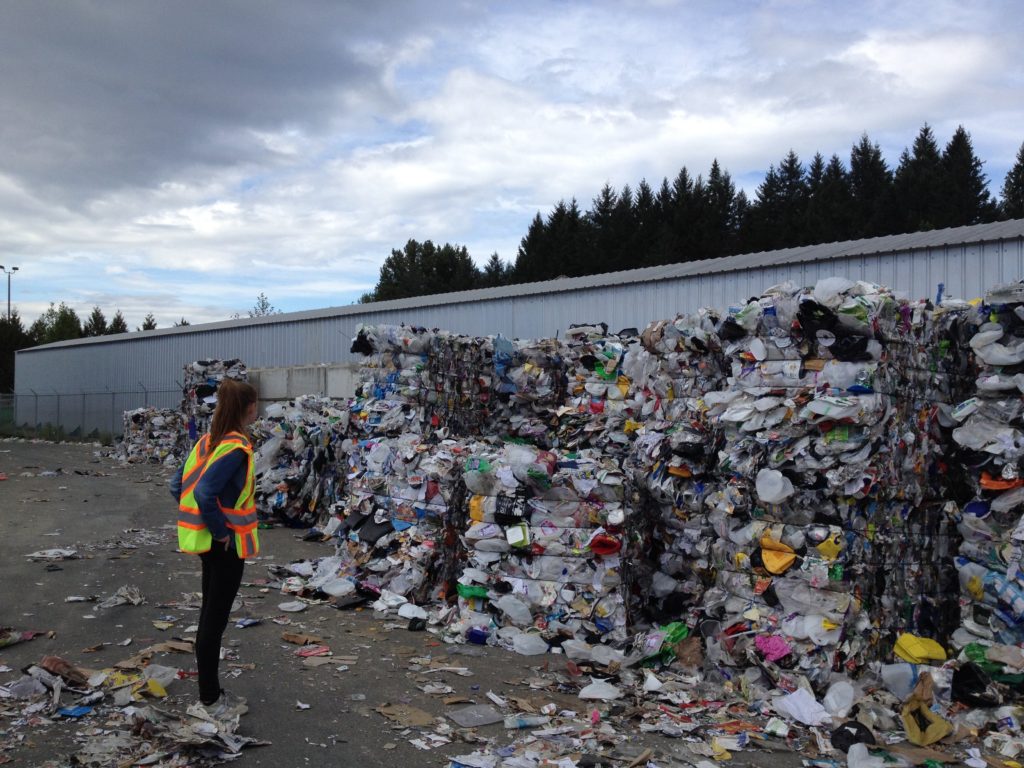
Simply put, waste profiles are documents that require waste generators to describe the kind of waste they’re looking to dispose of. Many businesses are required to provide these statements to landfills, recycling plants, and hazardous waste treatment facilities.
Of course, some of those places also require individuals dropping off waste to fill out those forms. And, in a broader sense, this term could refer to the different kinds of waste we, as a society, produce.
Typically, a waste profile distinguishes between different kinds of waste we send down specific material streams. So cardboard and other paper-based products would go to one recycling plant, while fabrics could go to another — and so forth. But what about all that plastic and plastic-coated materials we make packaging out of? Do they really have such a negative impact on our waste profile now that plastic recycling technology exists?
How Food Packaging Affects Our Waste Profile
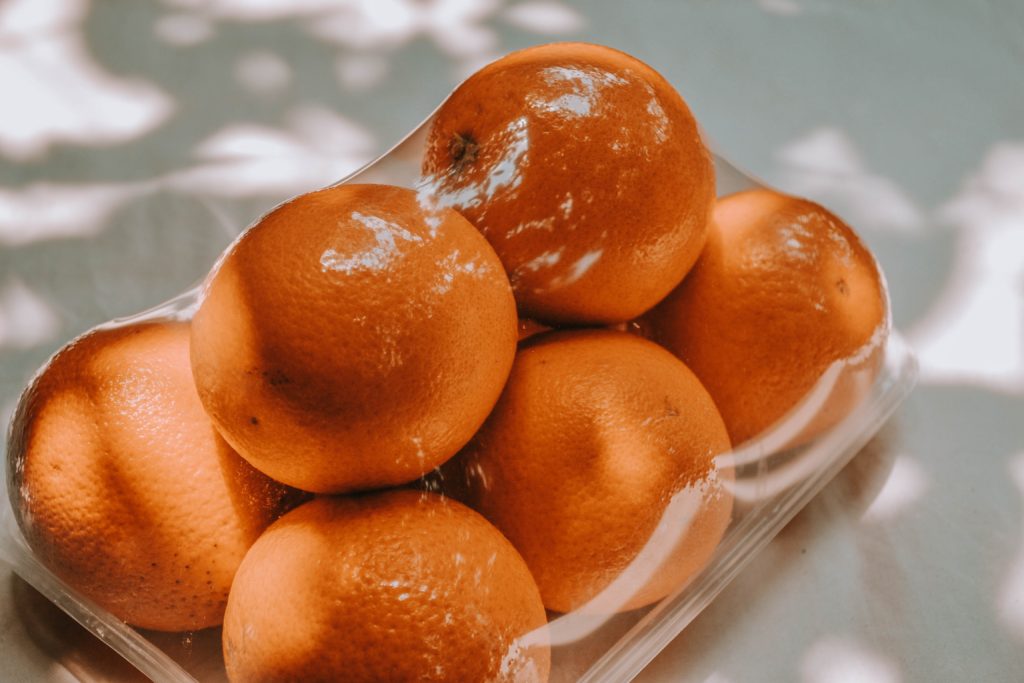
When it comes to recycling plastic, many of us choose to live with green-tinted glasses. We simply toss anything we believe should be recyclable in the recycling bin and call it a day. Experts even have a term for that kind of behavior — wishcycling. That’s exactly what leads so many people to put the plastic wrap manufacturers use to package food items right into the recycling bin.
Unfortunately, thin plastics are one of those things that simply aren’t recyclable. More likely than not, the material will stretch and become tangled around the recycling equipment, causing a standstill in the plant. And that’s not the only kind of food packaging that may become an issue.
Other packaging materials that aren’t recyclable include styrofoam and even materials you’d think are clear — like cardboard. Since many paper-based packaging has a plastic coating, determining which material stream it belongs to can be tricky. Even if your food came in plain cardboard packaging — like pizza usually does — you won’t be able to recycle it if it’s too dirty or oily.
Inevitably, those materials will either wind up clogging the nearest landfill or affecting the local wildlife. We’ve all seen images of animals struggling to shrug off bits of plastic.
The Future of Food Packaging

Ultimately, reducing the volume of food packaging waste needs to be a collaborative effort between manufacturers, retailers, and consumers. On the one end, companies need to invest in recycled packaging or transition to more sustainable options. Back in 2016, some researchers were working on developing milk-based biodegradable food packaging.
Of course, that would still require us to use animal products — which we should ideally avoid. Luckily, research teams all over the world are working on plant-based alternatives around the clock. To name a few, we could point you toward companies like Rawpac, Vegware, and Loliware.
These companies’ products are typically made from renewable or recycled materials, producing minimal carbon emissions. Moreover, many of them are also compostable, taking anywhere between two to three months to fully decompose. Just imagine getting takeout and groceries in compostable packaging! With any luck, we could make it happen within a few years!
Businesses and Consumers Need to Team Up
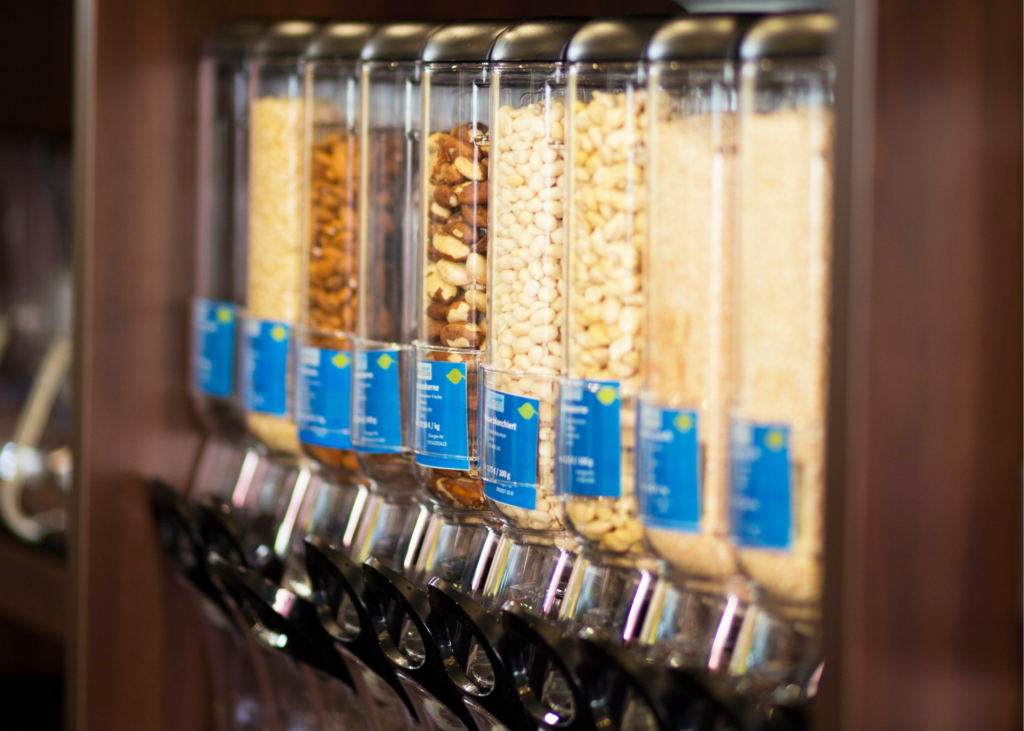
Unfortunately, the process of replacing plastic with the plant-based alternatives we have mentioned above won’t be easy. Consumers will need to nudge the business owners in the right direction.
On the one hand, chain stores need to lead the charge in terms of providing recycling programs for packaging. Additionally, they could stop selling pre-packaged food items. Instead, supermarkets could transition to selling bulk items and allowing customers to bring containers from their homes.
As consumers, we need to make our voices heard by buying fewer packaged foods whenever possible. For one, we can frequent stores that have a bulk bin section — and recommend them to our friends and families. To that end, we should start carrying mesh bags, totes, and other containers that prevent us from getting plastic packaging on site.
Instead of getting plastic-wrapped grapes at a chain store, we might visit the local farmer’s market. Better still, we can even grow our food. And of course, making one’s meals from scratch certainly generates less waste than ordering takeout.
Yet even with all that work, it’ll be difficult to get manufacturers and retailers to join us in these efforts. That’s why it’s important to vote for legislators that will force industries to move toward a more sustainable future.
